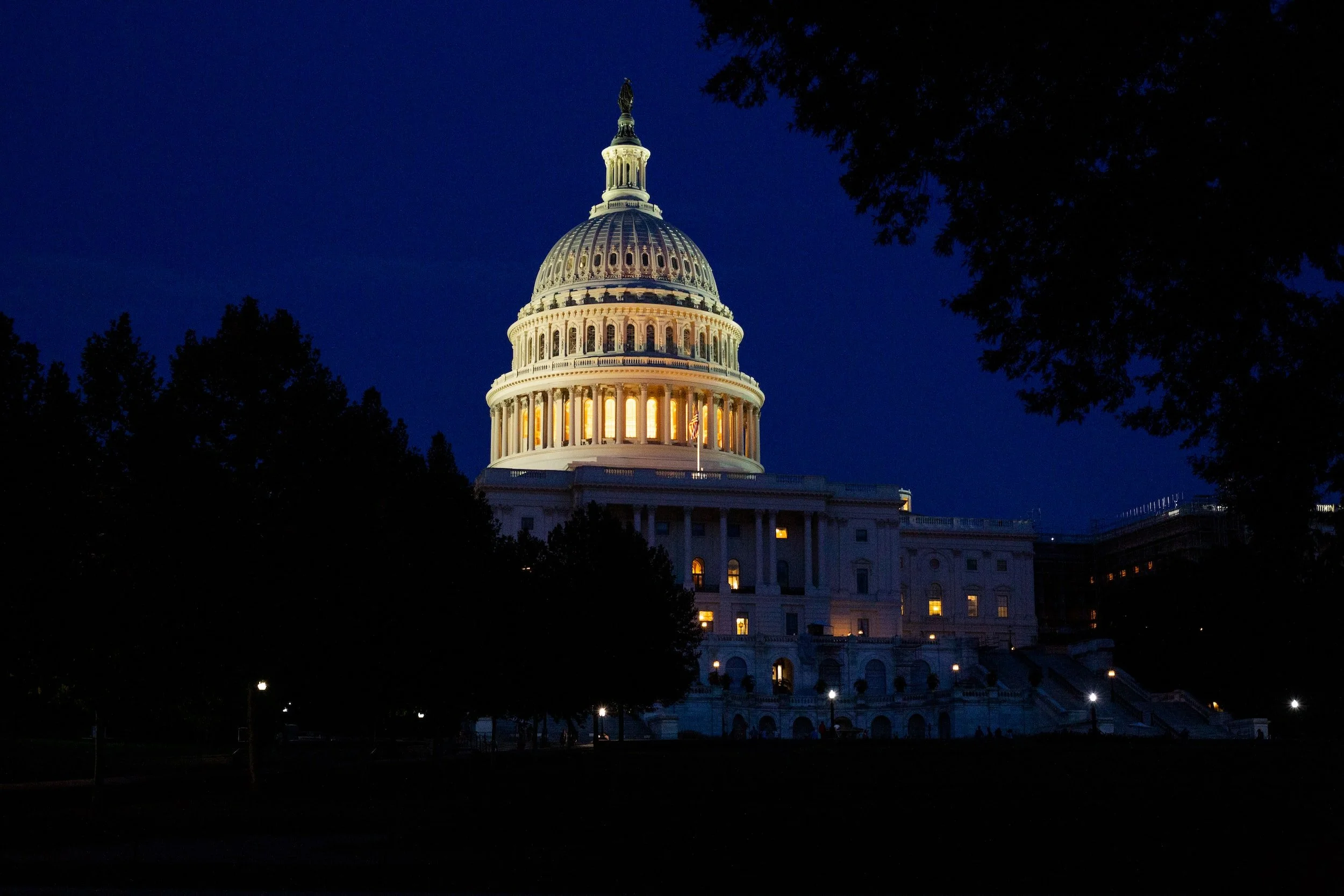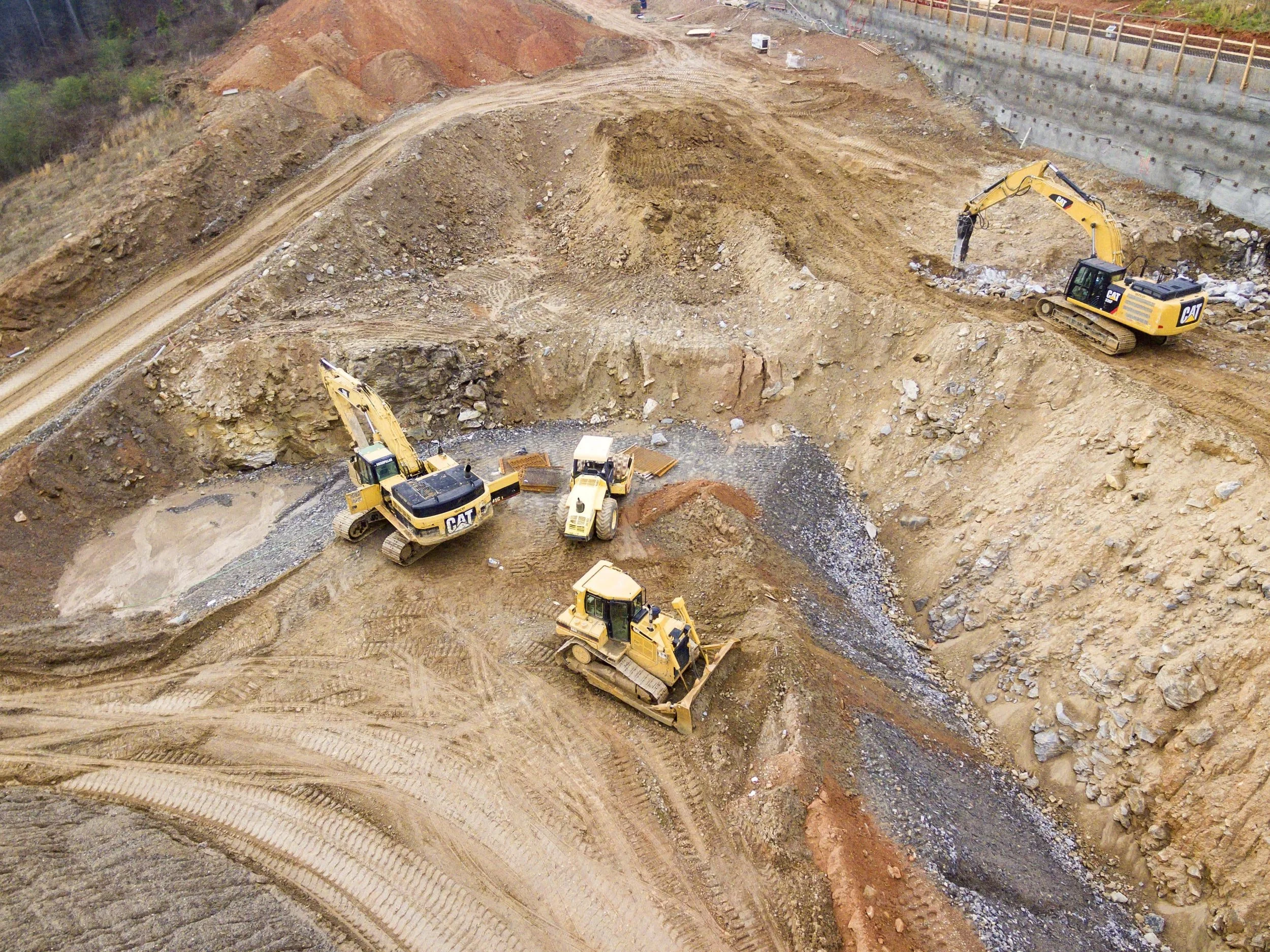HOT TAKES. ONE PLACE.
There's a LOT to know about insurance. So, whether you've got a specific question or just want the 411 on what we do, click around on the articles below.
Creating a Mentally Healthy Workplace
Work environments can significantly impact the mental health of employees. In fact, research by the American Psychological Association found that 2 in 5 employees report that work negatively affects their mental health. Workers’ poor mental health can, in turn, negatively impact employee communication, performance, morale and productivity. According to a recent report by Mental Health America, employees in mentally unhealthy workplaces were also more likely to leave their jobs.
Considering the Risks of AI Chatbots in HR
The recent explosion of artificial intelligence (AI) chatbots, like ChatGPT, has many employers searching for ways to leverage this technology’s ability to create efficiencies, enhance workflows, streamline operations and improve customer experience. In fact, many organizations are already utilizing AI chatbots to aid and augment HR functions. These tools can help HR professionals screen job applications, generate job descriptions, improve onboarding efficiency and enhance employee engagement.
Utilizing HR Data to Improve Workplace Culture
Various factors can influence company culture, and new norms can be introduced to employees anytime. As technology advances and becomes more common in today’s workplaces, organizations can specifically leverage HR data to optimize the overall employee experience and foster a strong company culture. With accurate data, HR professionals better understand who employees are and what they need and value. In turn, this can help organizations develop and foster a positive and authentic workplace culture.
Speak Out Act Signed Into Law
Aiming to improve transparency around illegal conduct in the workplace, the U.S. Congress has enacted a new law, the Speak Out Act, that renders certain nondisclosure and nondisparagement agreements unenforceable. President Joe Biden signed the Speak Out Act into law on Dec. 7, 2022.
Construction Risk Advisor | December 2022
Severe weather conditions can be detrimental to job sites, placing additional strain on construction employers. While there’s no way to completely safeguard worksites from the elements, there are measures that can be taken to reduce the risks posed by extreme weather events. Such weather can come in many forms, each of which require their own preparations in order to protect job sites.
Safety Focus | December 2022
Presenteeism in the workplace occurs when an employee comes to work despite feeling tired or unwell, considerably reducing their productivity. This problem is especially common among remote or hybrid employees, as they are more likely to not feel the need to take sick leave when they’re feeling unwell.
Safety Focus | November 2022
Caught-in or -between hazards may cause injuries if a person is squeezed, caught, crushed, pinched or compressed between two or more objects, or between parts of an object. Such accidents can occur in any industry.
Construction Risk Advisor | November 2022
Carbon monoxide (CO) is a poisonous gas that lacks a detectable color, taste or odor. Breathing in this invisible gas can displace the oxygen in a person’s blood, as well as deprive their vital organs of oxygen. In large amounts, CO can affect an exposed individual within minutes, ultimately causing them to lose consciousness and suffocate.
OSHA Announces Preliminary Top 10 Violations for Fiscal Year 2022
OSHA announced its preliminary list of the top 10 most frequently cited workplace safety standards for fiscal year 2022. Since OSHA’s fiscal year doesn’t end until Sept. 30—and this list was published prior to this date—the final results won’t be announced until the beginning of 2023. However, this preliminary list indicates the most violated safety standards for fiscal year 2022.
What Employers Should Know About Prior Authorization
Prior authorization—also referred to as preauthorization, preapproval or precertification—is the process by which medical providers must obtain approval from a patient’s health plan or insurance before administering specific medications, treatments or procedures. This process aims to protect patient health and improve affordability by reducing unnecessary medical expenses. Both medical and prescription drug plans use prior authorizations.
Prevent Burnout Through Meaningful Connections
Burnout—known as a state of physical, emotional or mental exhaustion—has always been an issue within the workforce, but it has become more prevalent as a result of the COVID-19 pandemic. Now more than ever, people are increasingly anxious and stressed. According to Mental Health America, the number of people who sought help for anxiety during 2020 increased 93% from the previous year.
DHS Proposes Permanent Rule Allowing Remote Verification of Form I-9 Documents
The Department of Homeland Security (DHS) and the U.S. Immigration and Customs Enforcement have recently proposed a permanent rule to allow employers to remotely review the Employment Eligibility Verification form (Form I-9) identity and employment authorization documents when hiring, reverifying or rehiring employees.
How Employers Can Address Social Determinants of Health
Efforts to improve health outcomes have traditionally focused on expanding access to the health care system. Recently, there has been an increased focus on improving health outcomes by taking a broader approach due to the challenges of affordability and access in the health care system. This more holistic approach to health and well-being includes examining and addressing the social factors, such as income, access to food and neighborhood location, that may well be linked to an individual’s health and well-being.
Trending Employee Benefits That Strengthen Attraction And Retention Efforts
In the wake of the Great Reshuffle—the mass movement of workers to jobs that prioritize their needs—and macro trends like the tight labor market, attraction and retention are top of mind for employers. In fact, according to Zywave’s 2022 Attraction and Retention Benchmarking Overview, over 75% of employers consider attraction and retention to be among the top-five business challenges for their organizations.
Safety Focus | September 2022
While repetitive motion injuries (RMIs) are common among athletes, these injuries can occur in the workplace. Also known as repetitive stress injuries or cumulative trauma disorders, RMIs impact a broad range of occupations, including jobs that require heavy lifting and stationary office roles. RMIs occur when continuous physical stress from daily tasks damages nerves, tendons or muscles quicker than the body can heal from such stress.
The Value of Belonging in the Workplace
Social belonging is a fundamental human need—one that naturally extends to the workplace. According to the Center for Talent Innovation, when people feel like they belong at work, they are more productive, motivated and engaged, thus making them 3.5 times more likely to contribute to their fullest potential.
Safety Focus | July 2022
Driving is a common task for many employees. Workers across industry lines may get behind the wheel for various reasons, such as moving between job sites, delivering or picking up goods or materials, or transporting passengers.
Safety Focus | June 2022
Poor housekeeping in the workplace can be a serious issue. Not only does it lead to a cluttered workspace, but it can also create additional workplace hazards.
Safety Focus | May 2022
Carbon monoxide (CO) is a byproduct of combustion. This gas is odorless, colorless and tasteless, so it can be very difficult to detect.
Insurance Needs for Painters
Painters work on the interiors and exteriors of commercial and residential property and can also be tasked with wallpaper hangings. Since their work involves going to different job sites, operating at different heights and prepping surfaces, painters may be susceptible to a variety of liability issues.





















